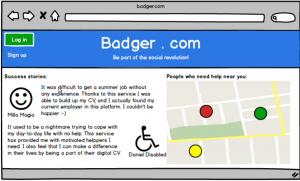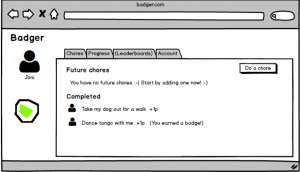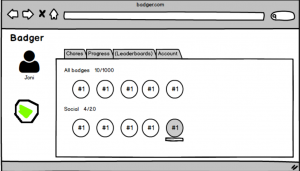Introduction of the team members
Anne, youth work professional
Tiina, artist
Jarkko Lagus, programmer
Lari Saukkonen, programmer
Jyri Saukkonen, programmer
Concept introduction
Idea was to rebrand volunteering work (in Finland) and to make an app that connects volunteers and organisations in a meaningful way. We decided to make platform to aggregate the supply and demand of voluntary work and change the overall attitude about voluntary work in finnish culture.
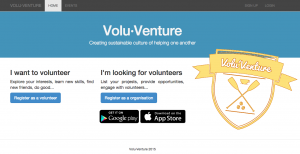
3 important user stories
Leevi:
Lifestyle: skater, lives with parents, doesn’t care so much about school, dreams making it in the skating business.
Attitude: free soul, doesn’t know yet what he wants to do in life, lives in the moment
Gain from voluventure: explore different kind of work possibilities, likes to work with children and other teens
Could have potential in youth work in the future
Anni:
Lifestyle: vegeterian, into arts, has strong opinions issues in society etc. goes to kallio school of arts, into acting etc.
Attitude: determinate young person with lots of optimistic dreams
Gain from voluventure: can have impact on society through own actions, likes animals etc. so could help in rescuing animals and so on..
Mikko:
Lifestyle: parkour instructor and a professional stuntman, urban person who likes to participate in all kinds of charity events and happenings around the town
Attitude: Fearless opportunist who likes to try out new ideas.
Gain from voluventure: Can make, organize and participate in volunteer events.
What did we learn about the service design process?
We learned how important it is for a successful service design process to include the professionals from the specific area of expertise to be able to understand the underlying problem. When designing a platform for young people it is not enough to have the information and means how to technically produce the generic product but how to make it adapt the specific field of business.
What became your solution architecture?
MEAN-stack: MongoDB, Express, AngularJS, Node.js
Heroku
MEAN-stack and Heroku were already familiar with us so that was a natural solution for our project’s starting point. We didn’t have any major setbacks using the stack and we could operate it efficiently. Overall we recommend the MEAN-stack and Heroku for anyone already familiar with the technologies but if starting to learn them in a hackathon-like fast pace environment is not advised because they take some time to master.
What development tools did you use?
Hipster logo generator Amazing professional tool for all your graphical needs.(http://www.hipsterlogogenerator.com) Forget about photoshop and use this instead.
GIMP, photo editor
Webstorm, IDE
Sublime text, text editor
What advice would you give for a person planning to participate SomeJam 2016?
In our opinion SomeJam is more about innovation and prototyping than just hardcore coding in a dark room without communication. We think that for success it is essential for the group to have an open communication between software developers and other professionals.

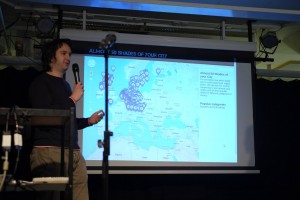




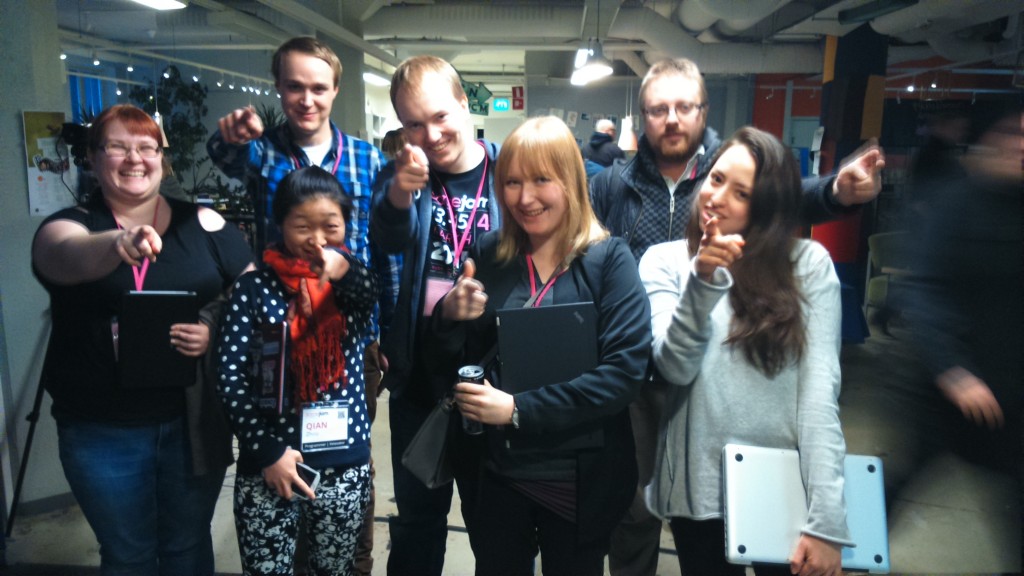


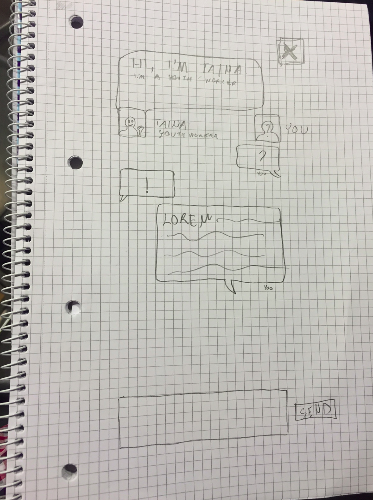 Our goal was to create some basic prototype that Liisa could show to her employer so they can use to improve the chat in Netnappi in Oulu that they want to renew in near future.
Our goal was to create some basic prototype that Liisa could show to her employer so they can use to improve the chat in Netnappi in Oulu that they want to renew in near future.
